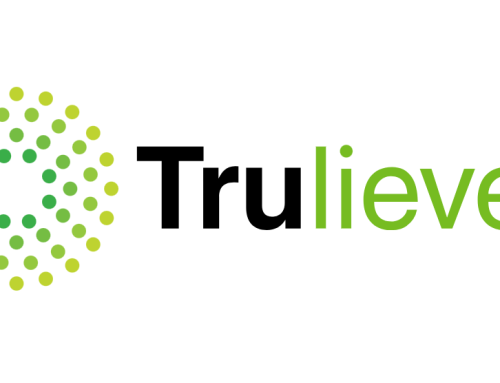U.S. Inflation Rebounds Slightly in July, Easing Rate Hike Concerns
LOS ANGELES– The annual increase in the Consumer Price Index (CPI) saw a mild uptick in July 2023, marking the first rebound after 12 consecutive months of declines from over four-decade highs of 9.1% in June 2022. However, the 3.2% increase reported for July was still below economists’ expectations of 3.3%.
The Bureau of Labor Statistics announced the data on Thursday, providing a sign of continued progression towards the Federal Reserve’s 2% inflation target. Market reactions suggest a decreased likelihood of near-term interest rate hikes by the Federal Reserve.
Key Highlights
- CPI: The annual increase in the U.S. CPI rose to 3.2% in July from 3% in June, remaining below the expected 3.3%. On a monthly basis, inflation increased by 0.2%, matching expectations.
- Core Inflation: Excluding energy and food, core inflation fell from 4.8% to 4.7% year-on-year, also slightly below the expected 4.8%.
- Energy Prices: These rose 0.1% month-on-month in July but are still down 12.5% compared to a year ago.
- Food Prices: Food prices increased 0.2% on a monthly basis and were 4.9% higher than a year ago.
- Jobless Claims: The Labor Department reported an increase in initial jobless claims for the week ending Aug. 5, from 227,000 to 248,000, surpassing the expected 231,000.
Market Reactions
- Interest Rates: Traders are likely to lower their rate-hike bets for the Fed’s September meeting, with the market-implied probability for a 0.25% rate hike standing at 15%.
- Currency: The dollar, as tracked by the Invesco DB USD Index Bullish Fund ETF (ARCA: UUP), fell 0.1% after the announcement.
- Treasury Yields: The 10-year yield declined 2 basis points to 4%, and the two-year yield dropped 3 basis points to 4.78%.
- Equity Markets: S&P 500 futures rose 0.2%, and Nasdaq 100 futures climbed 0.5% ahead of the Wall Street opening bell.
The moderate rebound in inflation, paired with slightly disappointing core inflation figures, indicates a potential stabilization in the economic climate. This data could diminish concerns about an overheated economy and alleviate immediate pressures for the Federal Reserve to hike interest rates.
Furthermore, the noticeable increase in initial jobless claims might signal a need for caution in rapidly tightening monetary policy, as it might reflect underlying vulnerabilities in the labor market.
In summary, July’s inflation data paints a picture of an economy that is recovering and stabilizing, but at a measured pace. The information will likely influence the Federal Reserve’s deliberations but appears to support the view that a gradual return to normal monetary policy remains the most probable course.
Investors and policymakers will continue to monitor upcoming economic data to gauge the strength and consistency of the recovery.


































